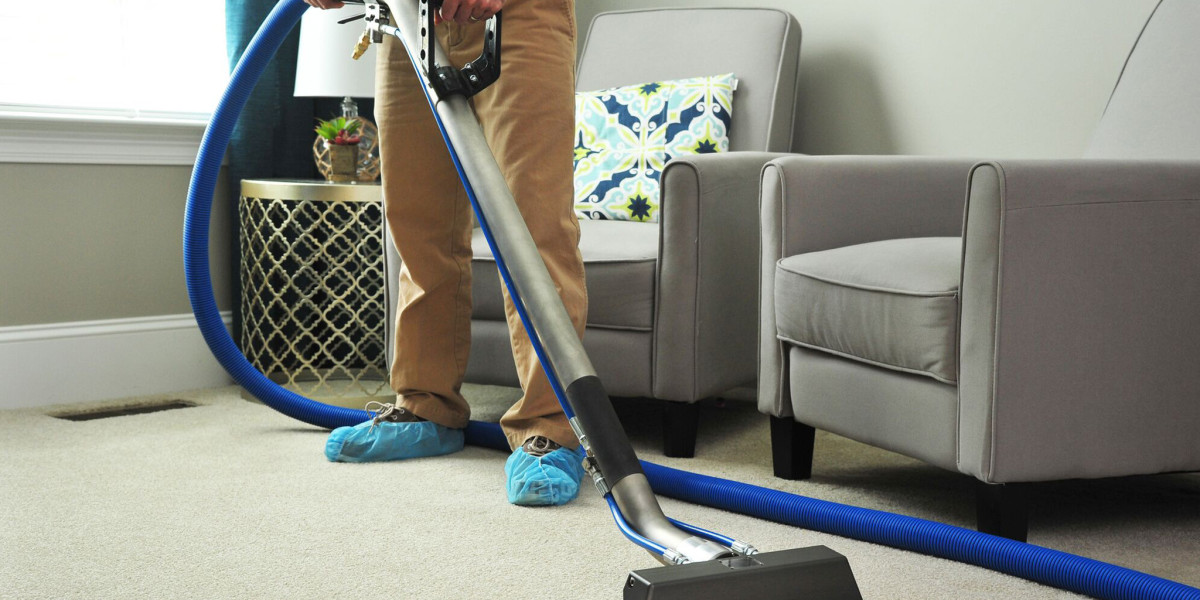Advanced safety technologies have transformed the way we drive, making modern vehicles safer and more reliable. Among these innovations, precise lane assist calibration is crucial for ensuring that lane departure warning systems and lane-keeping assistance work accurately. These systems rely on highly sensitive cameras and sensors to detect road markings and vehicle positioning. When calibration is off, even slightly, drivers can experience incorrect alerts, unintended steering corrections, or a reduced overall safety performance. For drivers across the USA, understanding the importance of professional lane assist calibration can prevent accidents and enhance the driving experience.
Lane assist technology is part of a broader suite of Advanced Driver Assistance Systems, commonly referred to as ADAS. These systems include features such as adaptive cruise control, collision avoidance, blind spot monitoring, and parking assistance. ADAS relies heavily on cameras, radar, and sensors installed throughout the vehicle. When any of these components are misaligned, even by a fraction of an inch, the system may malfunction. That is why expert calibration is essential after any repair, windshield replacement, or impact that could have affected the sensor or camera alignment.
One common scenario requiring lane assist calibration is windshield replacement. Many modern vehicles have lane assist cameras mounted on the windshield near the rearview mirror. Even minor misalignment during installation can compromise the camera’s ability to detect lane markings accurately. Professional technicians use specialized equipment to recalibrate these systems according to the manufacturer’s specifications, ensuring that lane assist functions operate precisely. This is particularly important for vehicles equipped with semi-autonomous driving features, where the vehicle may intervene in steering to maintain lane positioning.
Another important consideration is post-collision repair. After a minor or major accident, the vehicle’s frame, suspension, or sensor mounts may shift slightly. Even when cosmetic damage is minimal, these changes can affect the calibration of lane assist systems. Certified technicians perform a thorough inspection and realignment process, checking all ADAS components and confirming that the lane assist system responds correctly under various driving conditions. This meticulous approach helps maintain the integrity of the vehicle’s safety features and prevents unexpected system failures on the road.
Many vehicle owners underestimate the significance of proper lane assist calibration. Some may attempt to adjust sensors or cameras themselves using online tutorials or aftermarket tools. While these resources can provide guidance, they cannot replicate the precision and diagnostic capabilities of professional equipment. Incorrect calibration can lead to false alerts, which may distract drivers, or worse, prevent the system from functioning during a critical situation. Professional calibration ensures that sensors, cameras, and related components are correctly aligned, minimizing risk and maximizing reliability.
In addition to safety, proper lane assist calibration can also improve vehicle performance. Many ADAS systems work in coordination with other onboard features such as stability control, braking assistance, and steering adjustments. Accurate sensor readings enable smoother, more responsive system behavior, which contributes to a safer and more comfortable driving experience. Vehicles that are regularly maintained and calibrated according to manufacturer standards tend to retain higher resale value, as potential buyers recognize the benefits of well-functioning safety systems.
The calibration process itself involves several steps. Initially, technicians conduct a comprehensive diagnostic scan to identify any error codes or issues with the lane assist system. Next, specialized alignment equipment is used to adjust the cameras and sensors, ensuring precise orientation relative to the vehicle’s centerline. During calibration, technicians may also perform test drives or simulate road conditions to verify the system’s accuracy. Modern calibration tools often interface directly with the vehicle’s onboard computer, allowing for real-time adjustments and verification. This combination of technology and expertise guarantees that the lane assist system operates reliably under a variety of driving conditions.
Vehicle owners should also be aware that calibration requirements can vary based on the manufacturer and model. Some vehicles require static calibration in a controlled environment, while others allow for dynamic calibration, which occurs during a short test drive. Consulting with certified service providers ensures that the correct method is applied, preserving both safety and system functionality. Additionally, maintaining proper documentation of calibration services can be valuable for insurance claims, warranty coverage, and resale purposes.
In conclusion, lane assist calibration is not just a technical requirement—it is a vital step in maintaining vehicle safety and performance. Modern vehicles rely on precision sensors and cameras to keep drivers safe and alert. Whether following windshield replacement, collision repairs, or routine maintenance, professional calibration ensures that lane assist systems function as intended. Vehicle owners in the USA should prioritize this service, trusting certified technicians to handle these advanced systems with care and accuracy. By doing so, drivers can enjoy a safer, more reliable, and more comfortable driving experience every time they hit the road.
For expert lane assist calibration and comprehensive ADAS services, visit Abel Diagnostic Centers.





